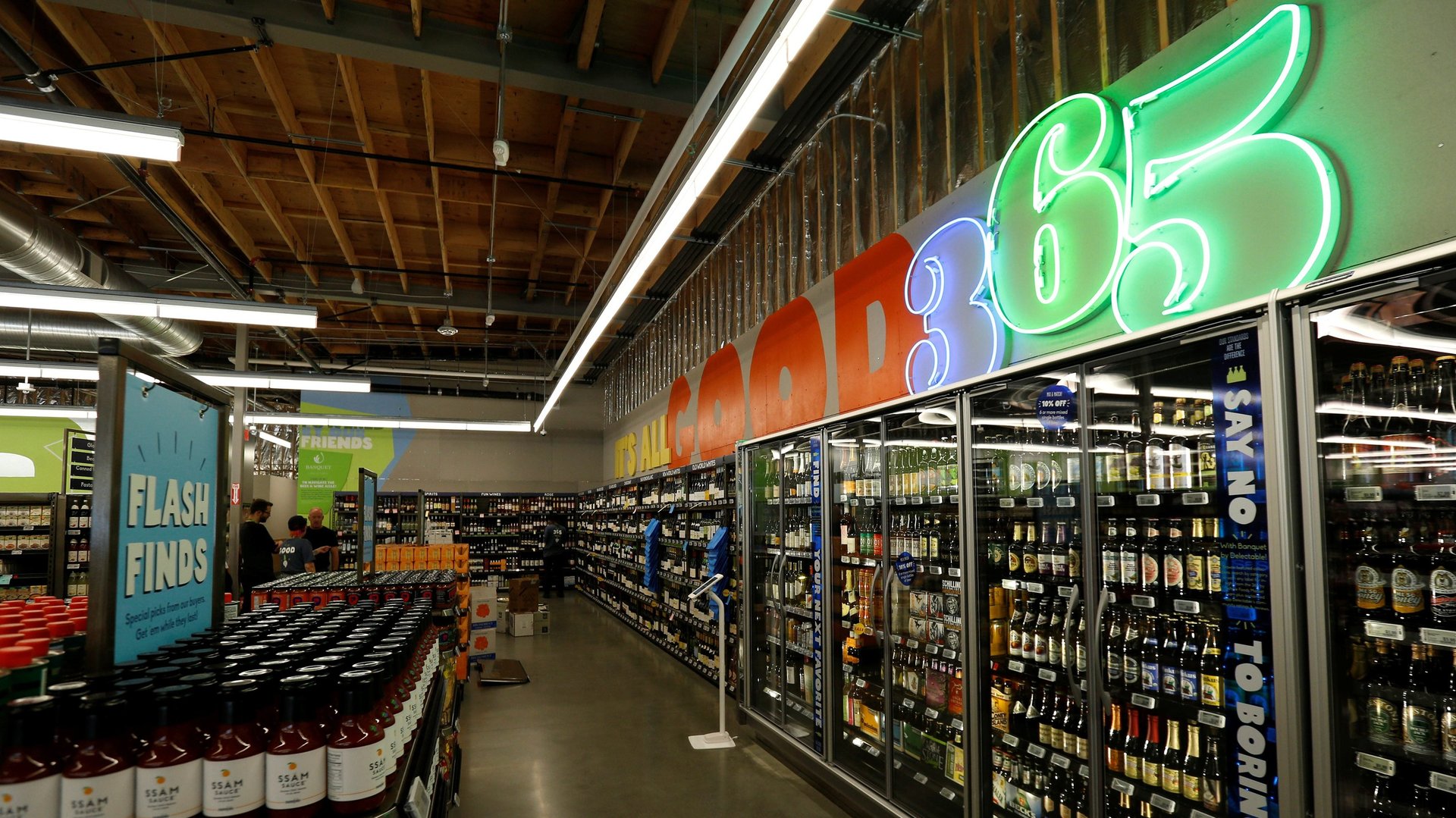Covid-19 helped make hard seltzer a $2 billion business
Remember when hard seltzer was the drink of summer 2019? Time is a flat circle, and now it’s the drink of summer 2020 too. The reasons many found hard seltzer attractive to begin with—“because they go down super easily and then suddenly I’m drunk“—are still very much here. And the convenience factor, which more than half of respondents to a 2019 Nielsen survey cited as a reason for buying canned cocktails and hard seltzers, is perhaps more important than ever.


Remember when hard seltzer was the drink of summer 2019? Time is a flat circle, and now it’s the drink of summer 2020 too. The reasons many found hard seltzer attractive to begin with—“because they go down super easily and then suddenly I’m drunk“—are still very much here. And the convenience factor, which more than half of respondents to a 2019 Nielsen survey cited as a reason for buying canned cocktails and hard seltzers, is perhaps more important than ever.
In the time of Covid-19 and social-distancing, it’s simpler, safer, and cheaper for outdoor drinkers to bring White Claws than to, say, mix up a pitcher of Aperol Spritz to be shared beyond one’s pod. And forget about going to a bar.
It’s not unlike the rise of cannabis edibles as an alternative to sharing joints or pipes. Even if we’re partying together in pandemic times, we’re still just a little isolated.
All this has helped hard seltzer’s hot streak. During the 15-week “pandemic period” ending June 13, sales of hard seltzer quadrupled compared to the previous year. Over 52 weeks, sales soared to $2.7 billion, according to Nielsen data. Aren’t we all drinking more of everything at home, you may ask? Well, yes. But while beer sales were up about 11% compared to the same period last year, hard seltzer sales were up 224%.
Nielsen reports hard seltzer brands such as White Claw and Truly that are unaffiliated with big beer labels currently control about 75% of the hard seltzer market, but major players are coming for this market. Bud Light Seltzer and Corona Seltzer both launched in 2020, and in July Coca-Cola announced that Topo Chico hard seltzer is around the corner for select Latin American markets, which means hard seltzer is angling to be the drink of many seasons to come.